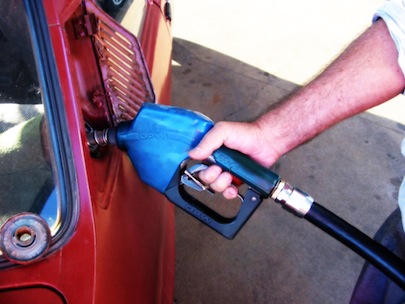 The Australian Competition and Consumer Commission has released its report into petrol price cycles in Australia, saying retailers are responsible for driving sharp increase in petrol prices across the market, followed by a subsequently slower decline in price.
The Australian Competition and Consumer Commission has released its report into petrol price cycles in Australia, saying retailers are responsible for driving sharp increase in petrol prices across the market, followed by a subsequently slower decline in price.
Retailers repeat this cycle to maximise profits, and while it is not illegal, it leaves drivers frustrated, the consumer watchdog said.
“[T]he retailers’ use of price cycles to maximise profits really infuriates drivers as they can see no reason for them to exist,” ACCC commissioner Mick Keogh said.
“It’s not uncommon for drivers to notice prices jumping 20 cents or more in a very short period of time, and the price you see being charged on the way to work can be very different to the one on the way home.”
Since 2009, price cycles have become less predictable for consumers, forcing purchasing behaviours to change. In 2016, customers generally favored mid-week petrol purchases with a more even spread of buying behaviour across the week.
In 2009, however, the vast majority of purchases were made earlier in the week, with the established price-hike generally occurring on Thursday.
“The price cycles are hard to predict, meaning the cheap days come at irregular times,” Keogh said.
“Our advice [for consumers] is to stay active in the market… Don’t wait for your petrol gauge to get empty: if the cycle is at or near the bottom, buy petrol.”
The ACCC estimates that if all motorists took advantage of price-lulls, total yearly savings could reach around $260 million in Sydney, $220 million in Melbourne, $105 million in Brisbane and $75 million in Adelaide.
Access exclusive analysis, locked news and reports with Inside Retail Weekly. Subscribe today and get our premium print publication delivered to your door every week.






